In the exams and curricula of Physics, Chemistry and Biology in the Netherlands, concepts such as research, design and modelling are clearly addressed. These are partly skills that must be covered in the school exams, but they can also be tested in the Central Written Exam. Until 2010 computers with software were used in the exams to test those skills. Modelling is still included in the exams, but now not as a computer exam anymore.
Below you will find examples of exam assignments that can be made with the computer. The models have been translated as well as possible into the current version of our Coach 7 software and follow the original specifications. You can use them to prepare for exams and school investigations and to practice modelling, data processing or video measurement.
These examples of exams are used with the permission of the CITO (Educational Assessment Organization in the Netherlands).

Bicycle helmet
Year: 2023
Level: VWO
A model is used to examine the impact of a fall with a bicycle helmet.
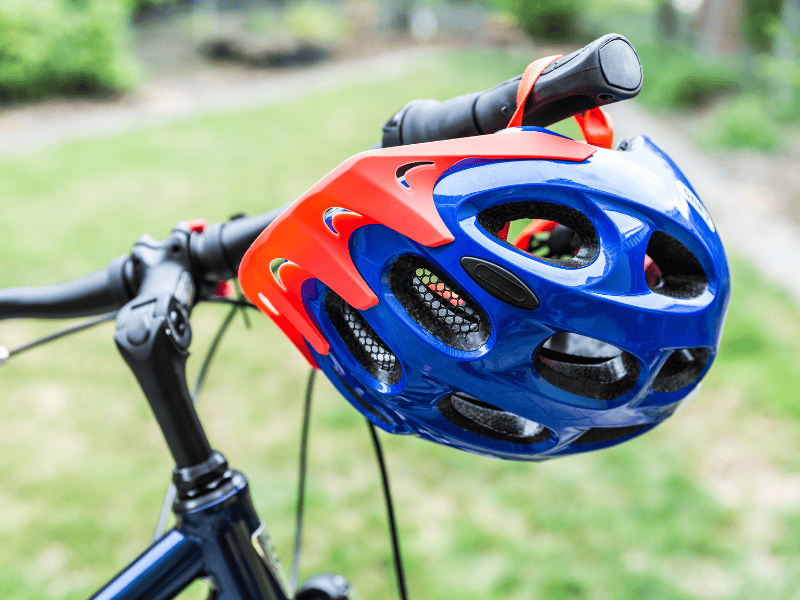
Pariser Kanone
Year: 2019
Level: VWO
Data from a World War I cannon is compared with a model.
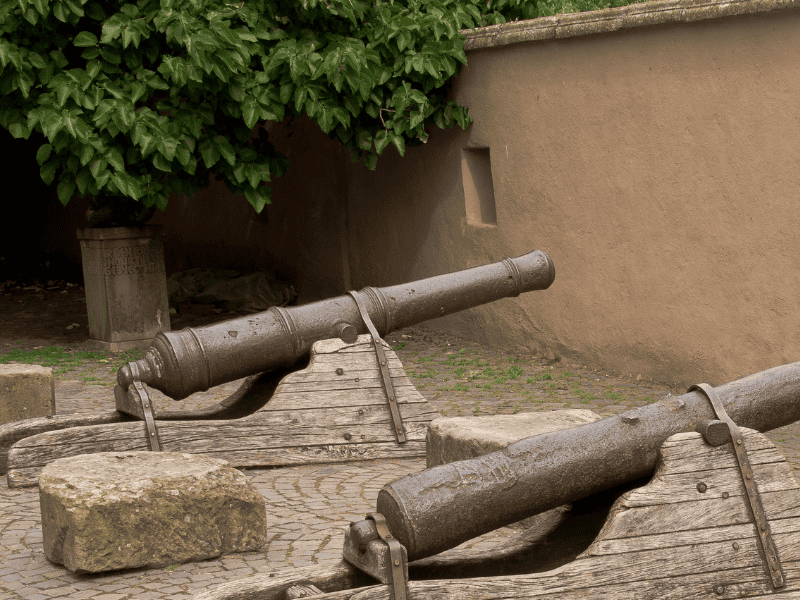
Walking
Year: 2010
Level: VWO
The foot movement during walking is investigated with the help of video analysis and modeling.

Backpack generator
Year: 2010
Level: HAVO
A special backpack generates electrical power while walking. The power output is determined using video measurement.

High speed TGV train
Year: 2010
Level: VMBO
A combination of readout and video measurement will be used to see if a high speed train can indeed travel over 500 km/h.

Ariane 5 rocket and Smart1 satellite
Year: 2009
Level: VWO
The take-off of the Ariane rocket and the journey of the Smart1 satellite are examined with video measurements and models until the crash on the lunar surface.

High striker
Year: 2009
Level: HAVO
It is always exciting whether you hit the bell of a High Striker. With video analysis, you examine the height, speed and energy of the cylinder that shoots up due to the impact.
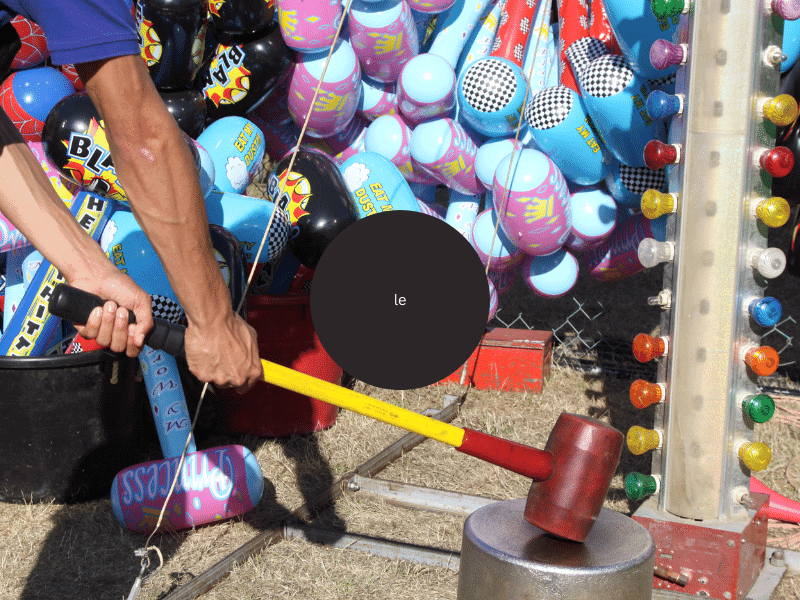
Zeppelin
Year: 2008
Level: VWO
Modelling is used to analyse the flight of a zeppelin.
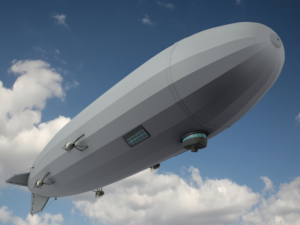
Formula 1
Year: 2008
Level: VMBO
During a pit stop, the filling of petrol and acceleration when pulling away are monitored.

Radiation risk
Year: 2007
Level: VWO
Employees of radiodiagnostic laboratories often work with radioactive substances.
In this assignment, the effect and properties of β-radiation are studied on the basis of energy distribution. The energy loss in the air due to beta particles is also examined and the badge of radiation workers is discussed.
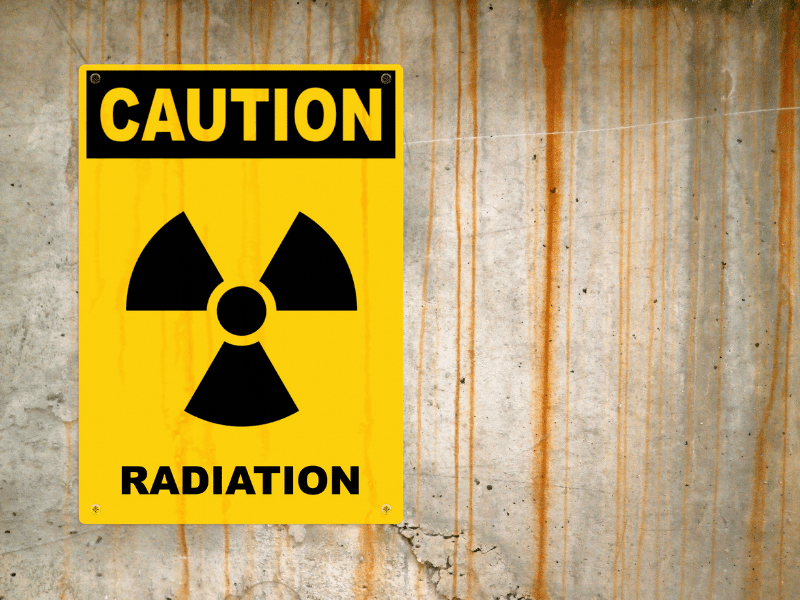
Glider
Year: 2007
Level: VWO
Baumgartner jumps across the canal with wings from 9 km high. Using a model, you examine different aspects of the jump.

Trampolining
Year: 2007
Level: VMBO
A trampoline jump is measured from a video and then the measurement is analysed.
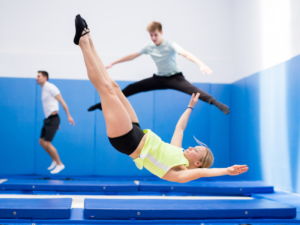
Light bulb
Year: 2006
Level: VWO
When a light bulb is switched on it needs time to warm up. During this time the current is not constant yet and the resistance is still low. This was investigated with a measurement. It is then examined if the measured warming can be modelled.

Space Shot
Year: 2005
Level: VMBO
Using video measurement and analysis to determine the acceleration experienced on the Space Shot ride at Walibi amusement park.

Sahara
Year: 2004
Level: VWO
Why does it get so hot in the Sahara? You will look at this with a model for incoming and outgoing thermal radiation. Then you use the model to compare the influence of the sun on the continental climate (Sahara) and on the maritime climate (Caribbean Sea).

Ramp
Year: 2004
Level: HAVO
One of the attractions in the Six Flags Holland amusement park is a ramp. You are pulled up and then accelerated back down. In this assignment, you determine velocities and accelerations with video measurements.
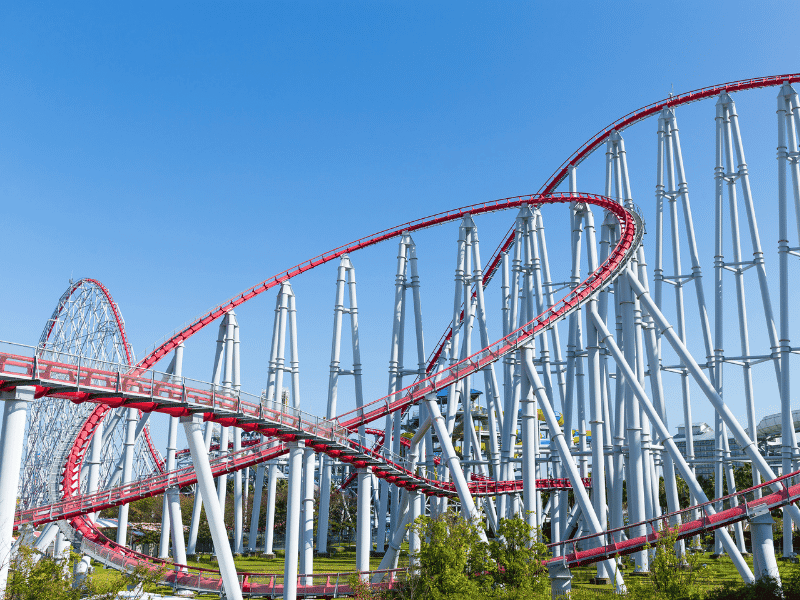
Acceleration and driving
Year: 2004
Level: VMBO
Measuring on a video examines the acceleration and driving of cars.

GPS
Year: 2003
Level: VVO
A model simulates the launch of GPS satellites into orbit.

Radiation measurement
Year: 2003
Level: HAVO
Radiation workers must not receive too much radiation. They are therefore monitored with a radiation badge. How this works is elaborated in this task.

Free kick
Year: 2003
Level: VMBO
In this video measurement, you investigate the contact time of your foot with a ball during a free kick and whether the goalkeeper is able to stop the ball when it is shot from a 19 m distance into the top corner.

Milk with coffee
Year: 2000
Level: VWO
How does your coffee stay hottest? If you immediately add a splash of milk or later when you start drinking? You investigate this with a model.

